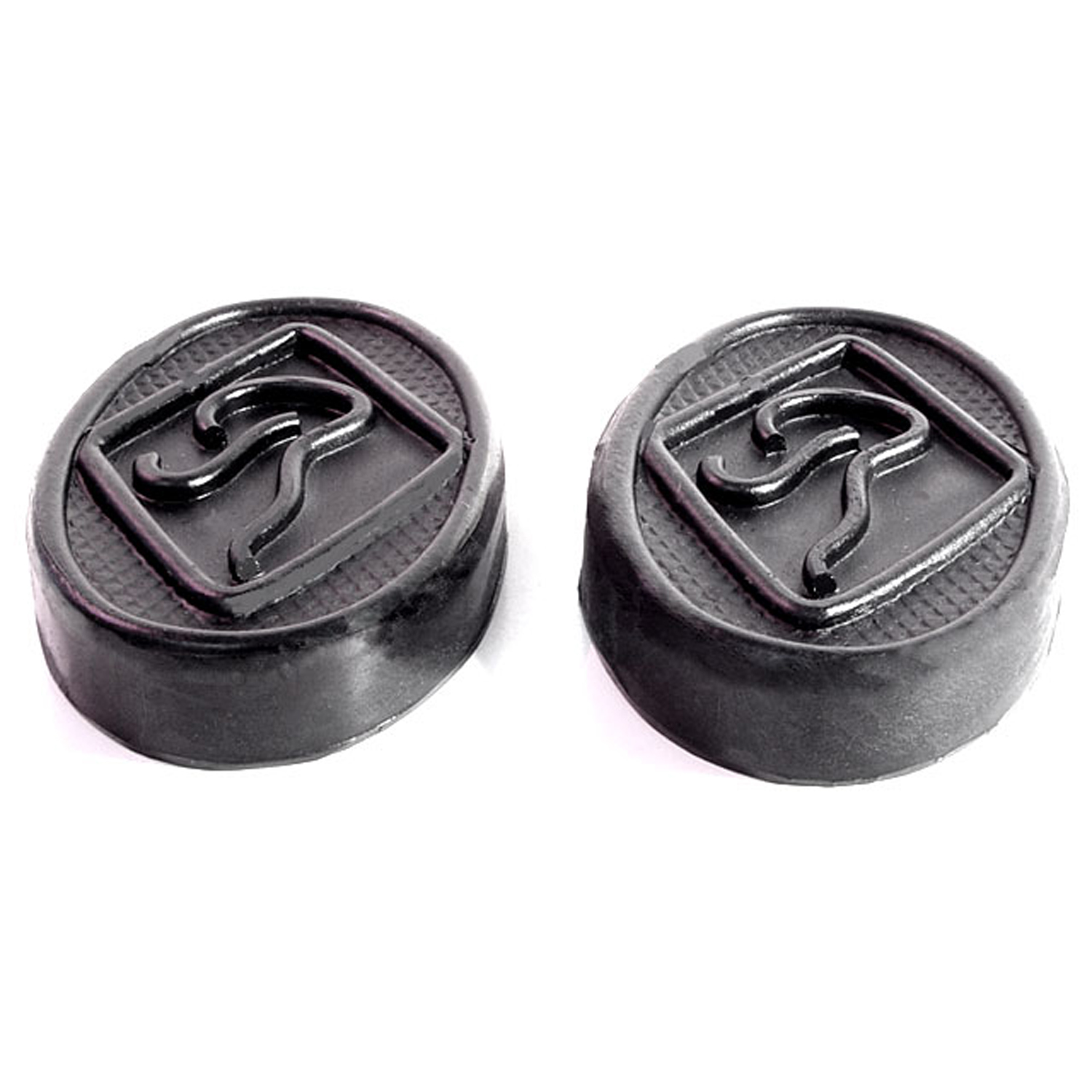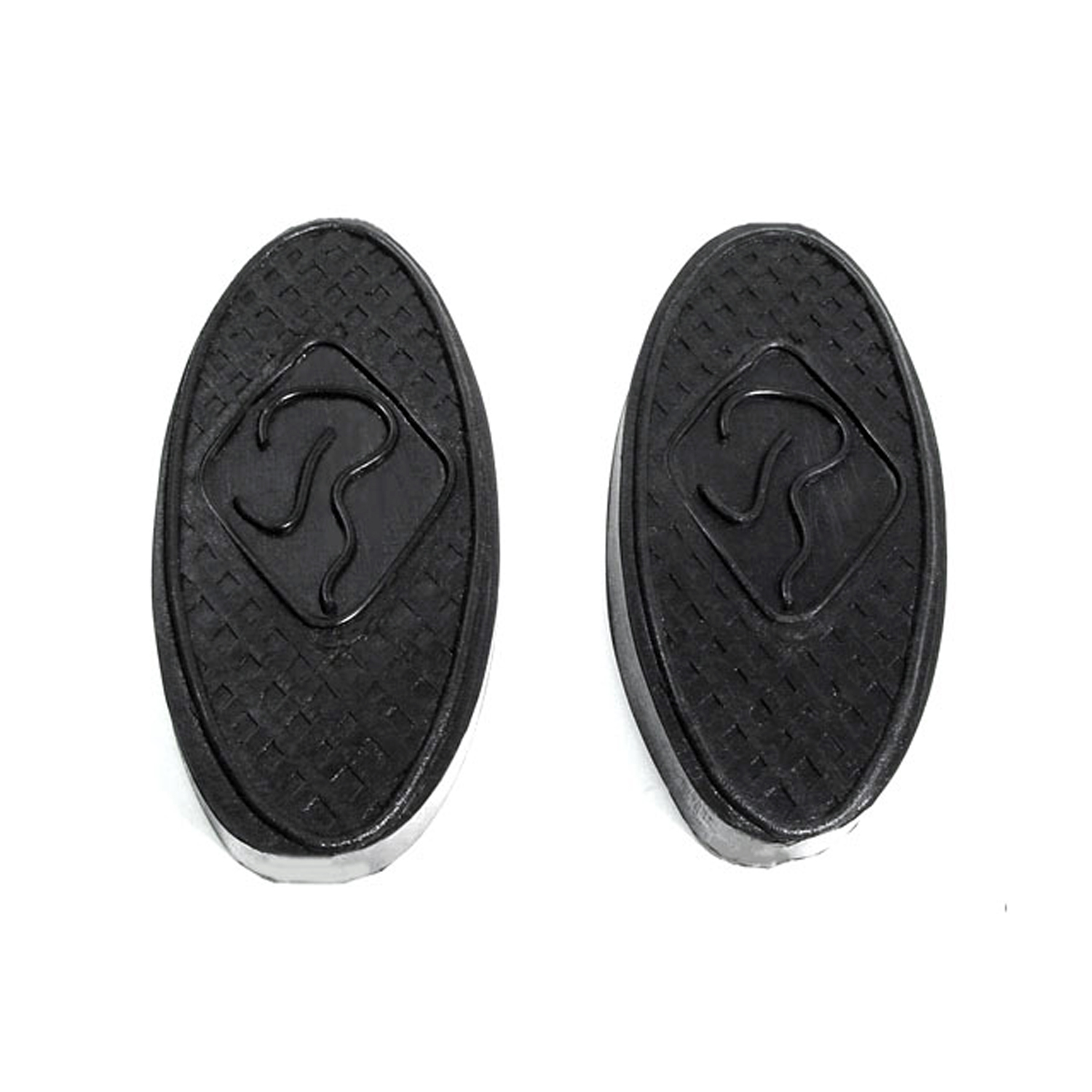Image of 1953 Riley Pathfinder, Note: These illustrations use artistic license and may differ from actual historical models.
Performance Metrics
Fundamental Metrics
Emotional Appeal
MMP Rating
| Engine Specifications | |
|---|---|
| Engine: | 2.5L 4-cylinder |
| Displacement: | 2443cc |
| Horsepower: | 110hp |
| Torque: | Estimated at 130 lb-ft |
| Compression Ratio: | 7.5:1 |
| Ignition System: | Coil ignition |
| Cooling System: | Water-cooled |
| Performance Specifications | |
| 0-60 Time: | 15 seconds |
| 1/4 Mile Time: | Estimated at 21 seconds |
| Top Speed: | 95 mph |
| Transmission and Drive | |
| Drive Type: | Rear-wheel drive |
| Transmission Type: | 4-speed manual |
| Fuel and Efficiency | |
| Fuel System Type: | Twin SU carburetors |
| MPG: | Estimated at 20 mpg |
| Dimensions and Brakes | |
| Brakes: | Drum brakes |
| Wheelbase: | 111 inches |
| Weight: | 3100 lbs |
Note: Specifications for classic cars are given to the best of our ability, considering the limited and variant data available.
Unveiling the 1953 Riley Pathfinder: A British Classic
The 1953 Riley Pathfinder stands as a testament to British automotive engineering and style, a vehicle that captured the imagination of post-war motorists. Born from the storied Riley marque, which had been producing cars since the early 20th century, the Pathfinder was introduced to a world eager for innovation and luxury. This model was not just another car; it was a symbol of progress and sophistication in an era of recovery and growth. The Pathfinder's unique blend of performance and elegance made it a standout in the 1950s automotive landscape, with a design that still turns heads today.
Design and Innovation
The Pathfinder's exterior styling was both stately and sporty, with flowing lines that suggested movement even at a standstill. Its long bonnet, pronounced wheel arches, and distinctive grille made it instantly recognizable. Inside, passengers were treated to an opulent environment where fine leather seats and polished wood accents were the norm. The attention to detail extended to the quality of materials used, ensuring comfort and durability.
For its time, the Pathfinder boasted technological advancements such as independent torsion bar front suspension and hydraulic brakes all around. It was available in a range of colors, with deep maroons, greens, and blues being popular choices that accentuated its elegant lines. The four-door saloon body style was both iconic and practical, offering ample space for passengers and luggage alike.
Historical Significance
The Riley Pathfinder's introduction marked a pivotal moment in automotive design. It was one of the first models to emerge from Riley after it became part of the Nuffield Organization and later the British Motor Corporation (BMC). The Pathfinder set itself apart with its robust chassis and refined ride quality, influencing subsequent designs from both Riley and other manufacturers within BMC.
Performance and Handling
Under the bonnet lay a 2.5-liter four-cylinder engine that propelled the Pathfinder to impressive speeds for its time. With a top speed nearing 100 mph and an acceleration from 0-60 mph in just over 15 seconds, it offered spirited performance. On the road, drivers appreciated its responsive handling characteristics, capable of navigating both tight city streets and open country roads with ease. The driving experience was characterized by the throaty purr of its engine—a sound that still resonates with classic car enthusiasts today.
Ownership Experience
The Pathfinder served various roles from a reliable daily driver to a distinguished show car. Its robust construction meant that maintenance was straightforward for those familiar with classic cars of the era. However, as with many vintage vehicles, finding replacement parts today can be challenging.
Fun Facts
The Riley Pathfinder has graced both private collections and celebrity garages alike. While not known for breaking speed records, it has held a place in people's hearts for its charm and reliability. Despite some criticisms over its weighty steering at low speeds, it remains an admired classic.
Collector's Information
Today, the Riley Pathfinder is a cherished collector's item with values varying widely based on condition. Production numbers were relatively limited during its run from 1953 to 1957, contributing to its rarity. Current market values can range significantly but expect well-maintained Pathfinders to fetch anywhere from mid-five figures upwards depending on provenance and condition.
Conclusion
The 1953 Riley Pathfinder is more than just a car; it's a piece of motoring history—a blend of British elegance and engineering prowess that continues to captivate classic car enthusiasts around the world. Whether admired at car shows or enjoyed on weekend drives, the Pathfinder remains an enduring legacy of Britain's automotive golden age.
1953 Riley Pathfinder Catalog of Parts
 1953 Riley Pathfinder Clutch and Brake Pedal Pads. 2-1/4" wide X 3-1/2" long-CB 49Clutch and Brake Pedal Pads. 2-1/4" wide X 3-1/2" long. Pair
1953 Riley Pathfinder Clutch and Brake Pedal Pads. 2-1/4" wide X 3-1/2" long-CB 49Clutch and Brake Pedal Pads. 2-1/4" wide X 3-1/2" long. Pair 1953 Riley Pathfinder Clutch and Brake Pedal Pads. 2-1/4" wide X 4-7/8" long-CB 50Clutch and Brake Pedal Pads. 2-1/4" wide X 4-7/8" long. Pair
1953 Riley Pathfinder Clutch and Brake Pedal Pads. 2-1/4" wide X 4-7/8" long-CB 50Clutch and Brake Pedal Pads. 2-1/4" wide X 4-7/8" long. PairWhy Choose Metro?
For over 100 years, Metro Moulded Parts has been the pinnacle of quality in classic car restoration parts. Our commitment to precision and authenticity in every component ensures a perfect fit and an OEM-level appearance.
- Expert Craftsmanship & Quality: Each part is a testament to our dedication to reliability and perfection, crafted from original designs and thoroughly tested.
- Advanced Technology: We use cutting-edge techniques to create flawless, long-lasting parts that surpass others in performance.
- SuperSoft Sponge – The Ultimate Door Seal: Not only are our door seals 30% softer than competitors', but they're also guaranteed to never leak. They effectively reduce wind and road noise, enhancing your classic car's comfort and driving experience.
- Proudly American: Our parts are a product of American craftsmanship, made in the USA with a spirit of excellence and heritage.
- Unrivaled Warranty: We back our products with a 30-year industry-leading warranty, a testament to our confidence in their quality.
Join us in preserving the legacy of classic cars with parts that are crafted for perfection, not just made.

